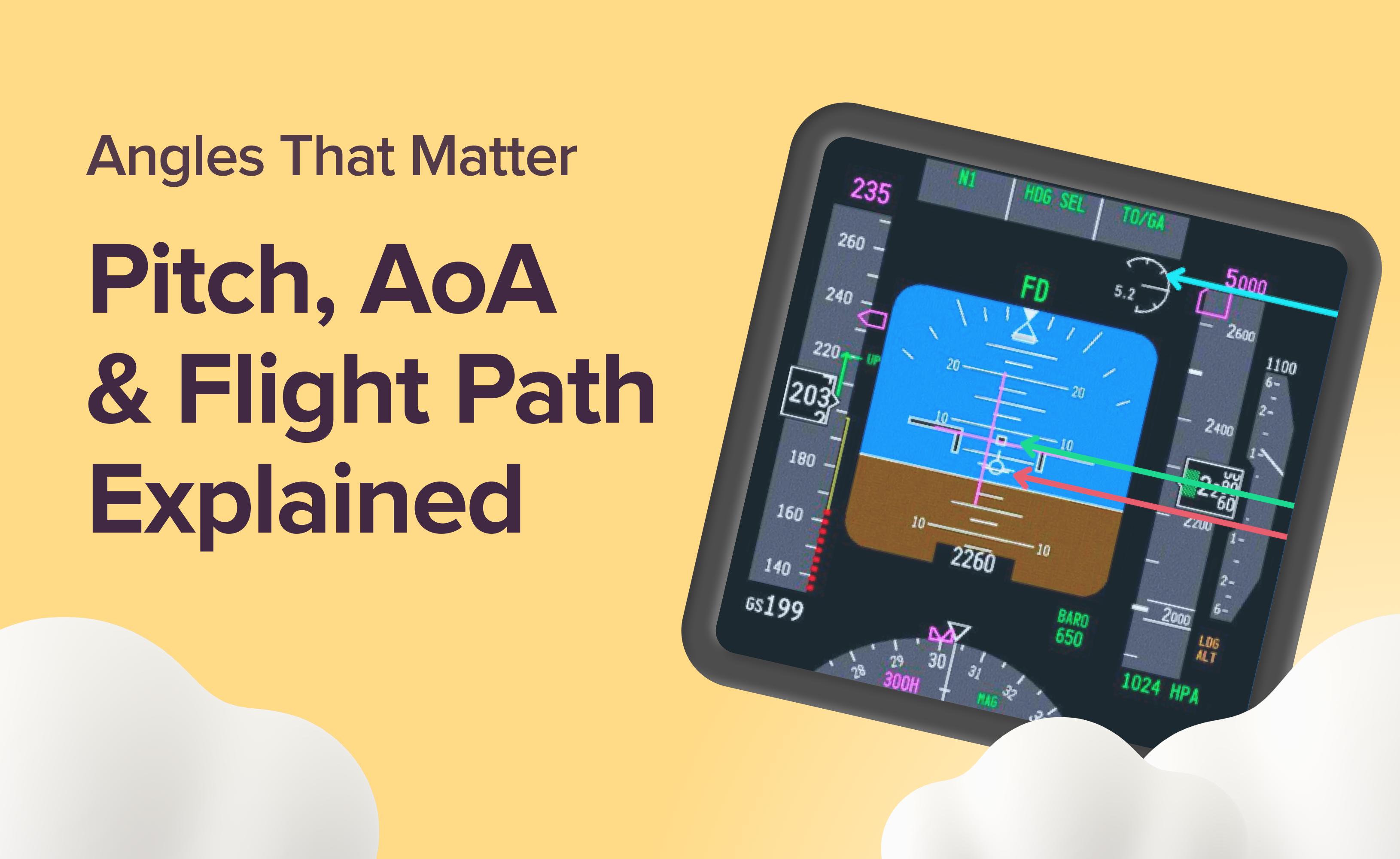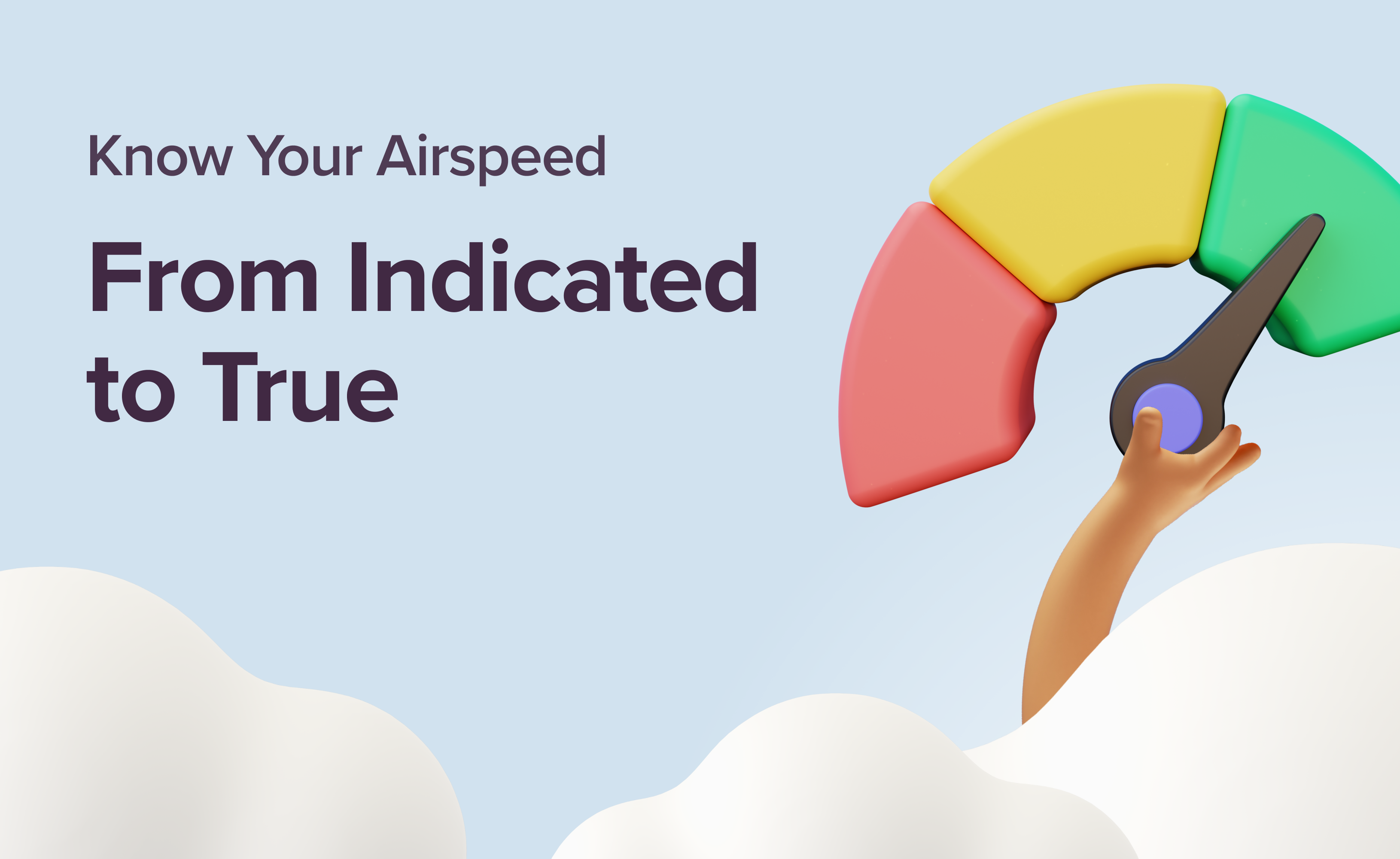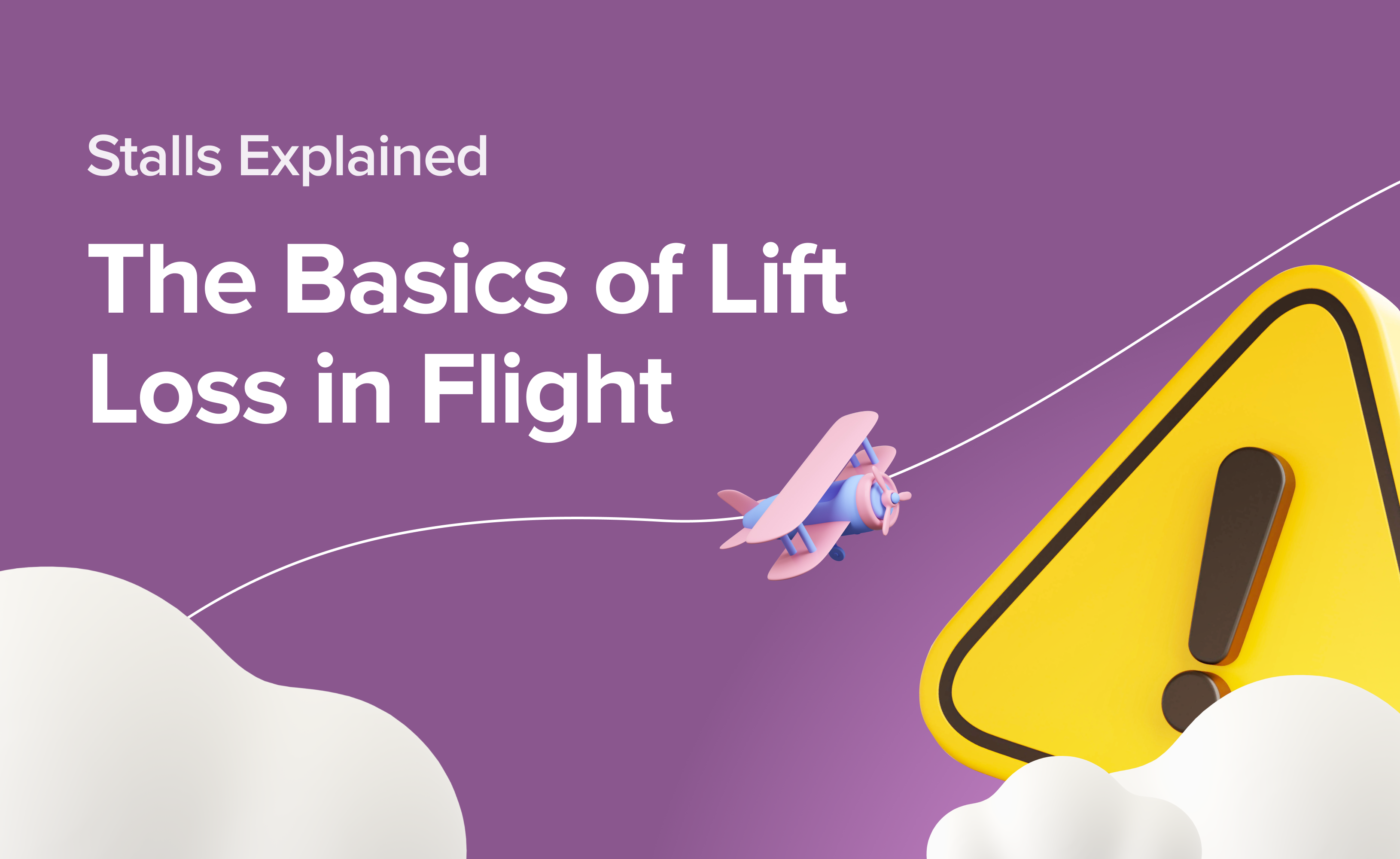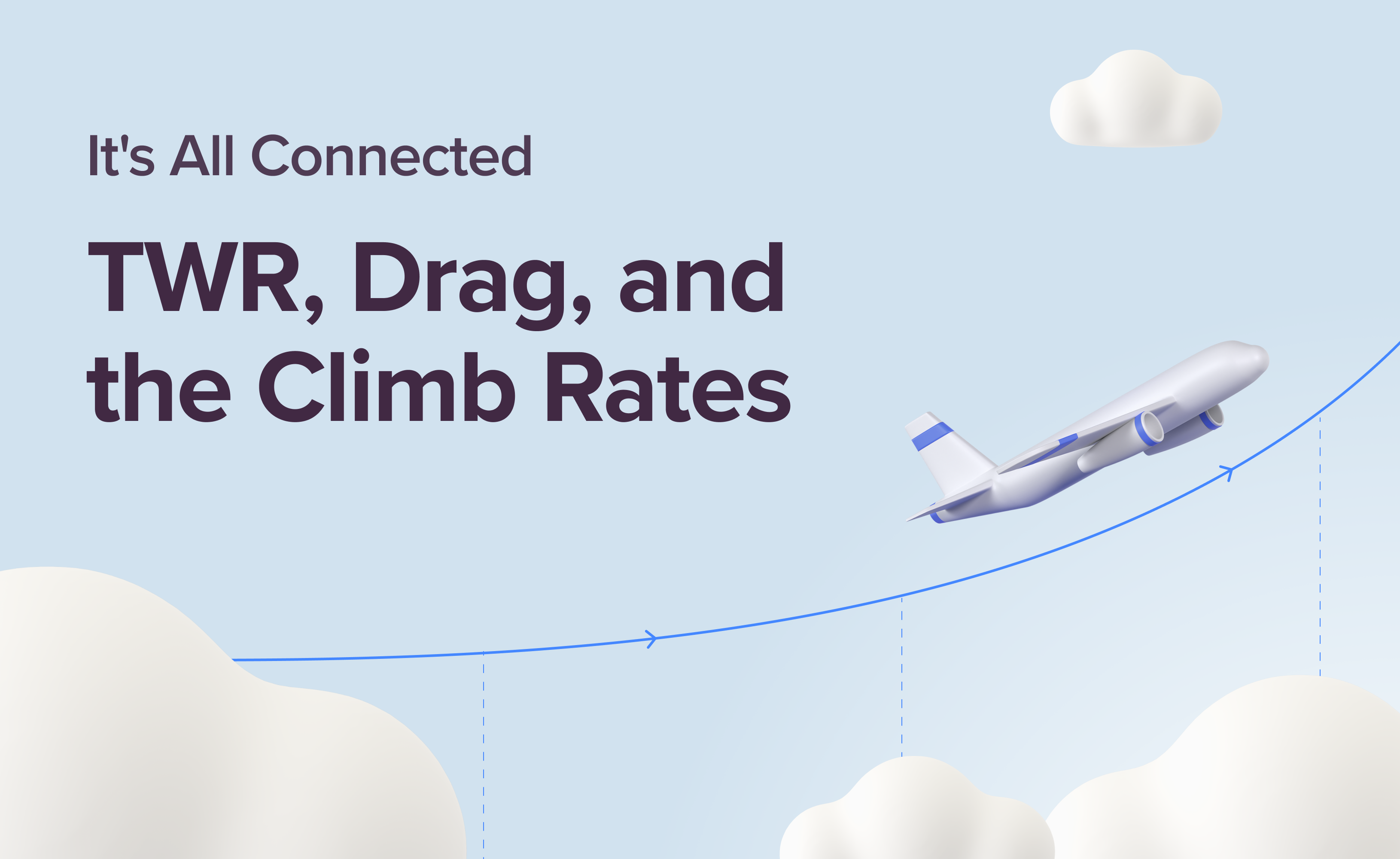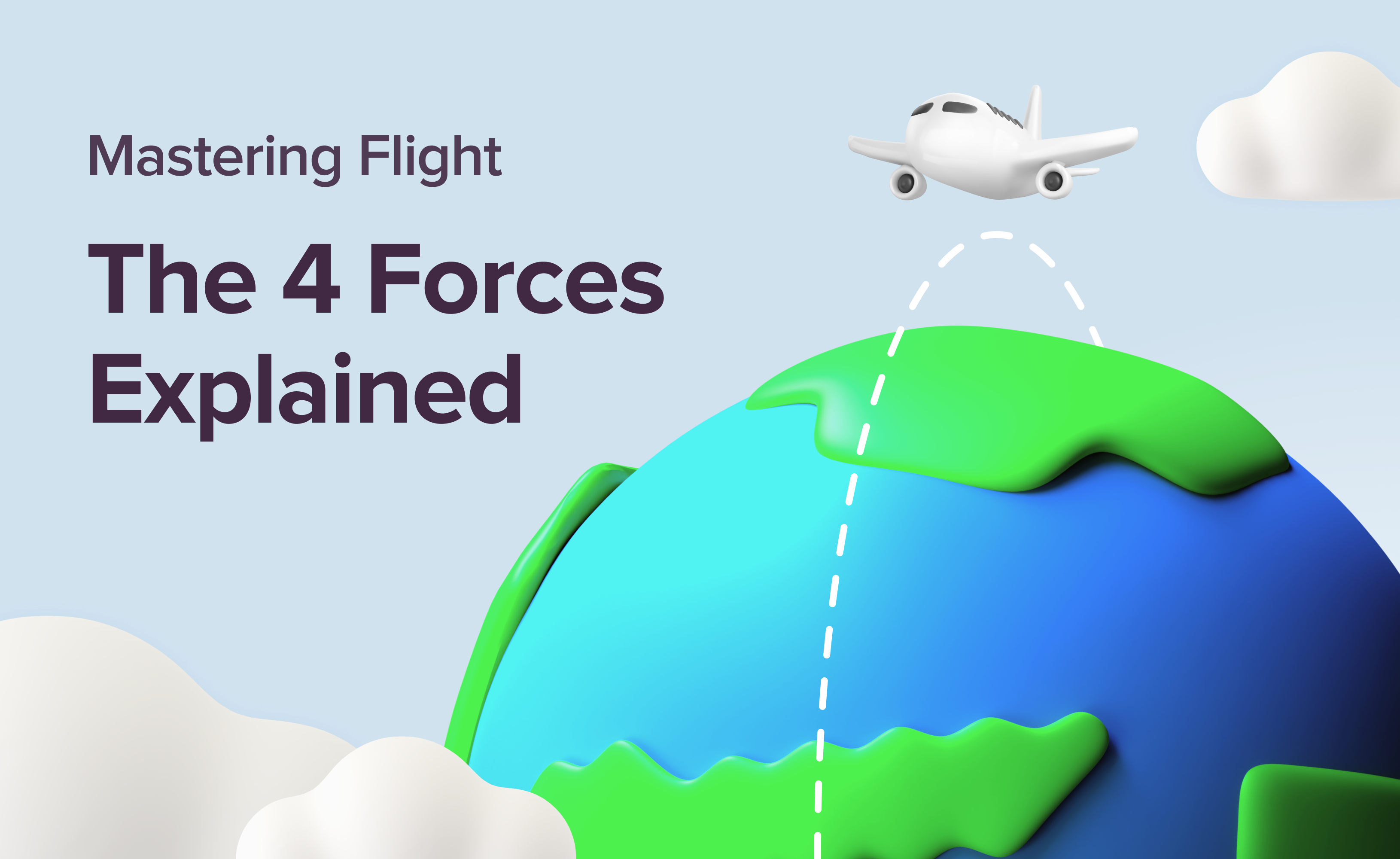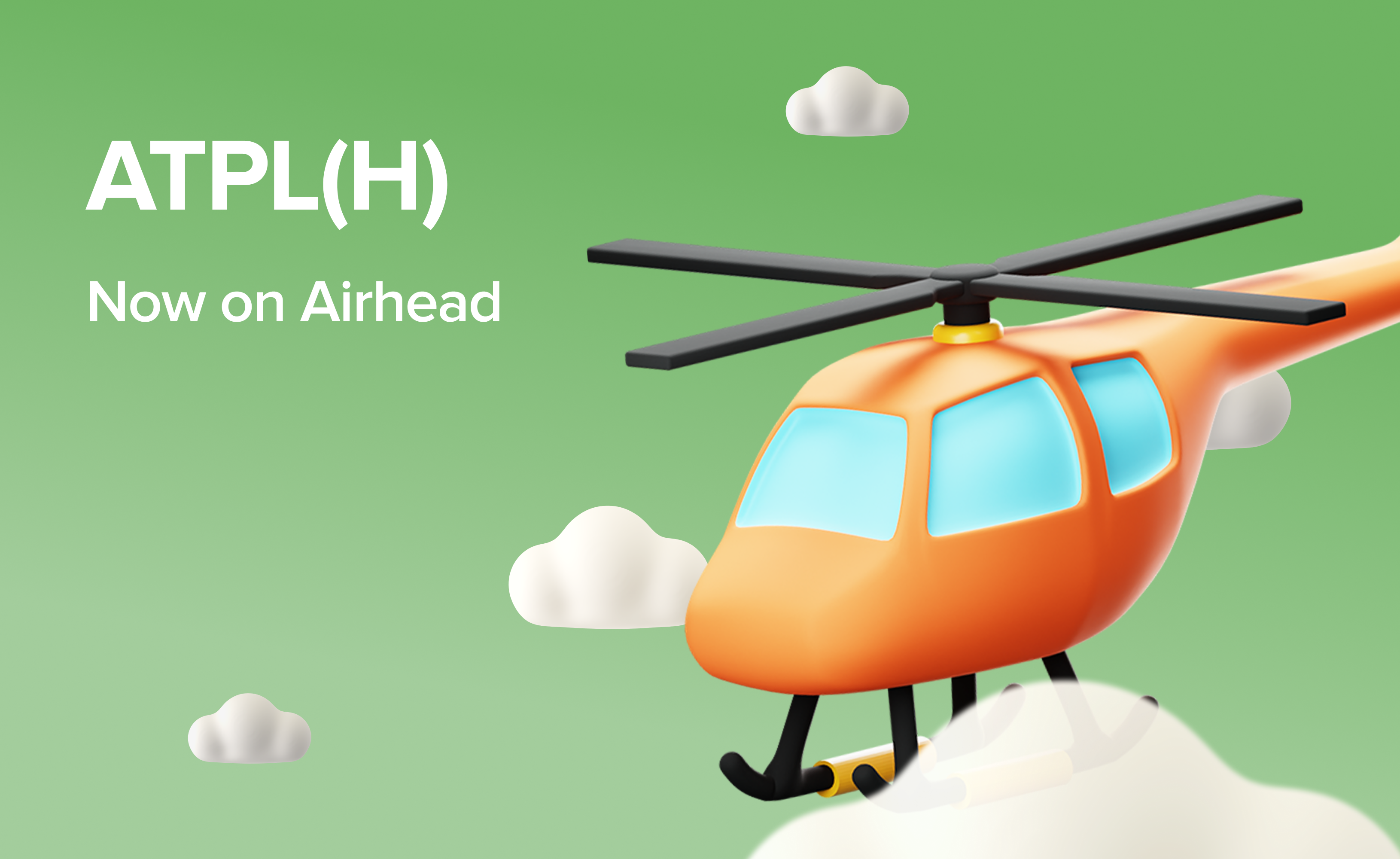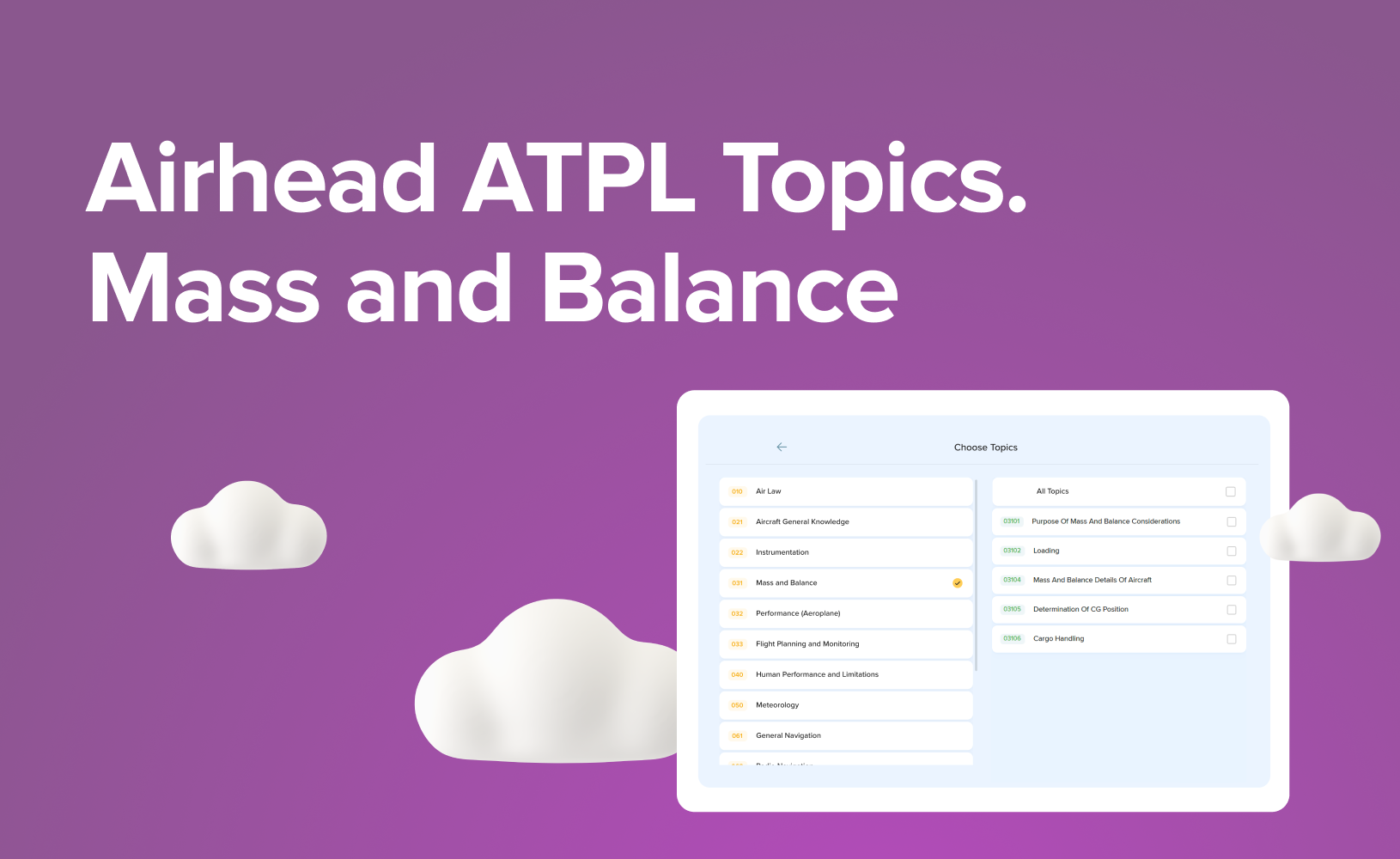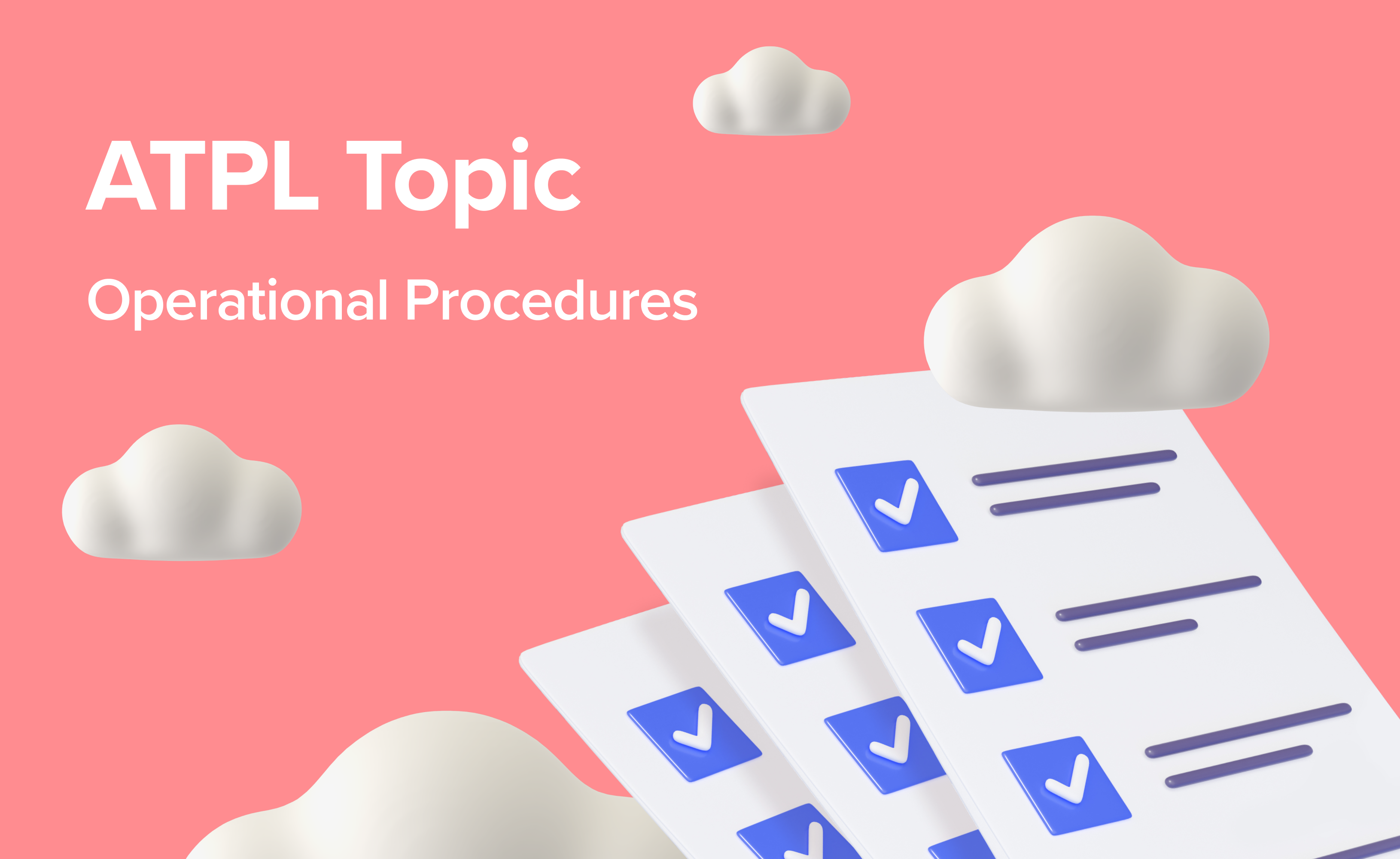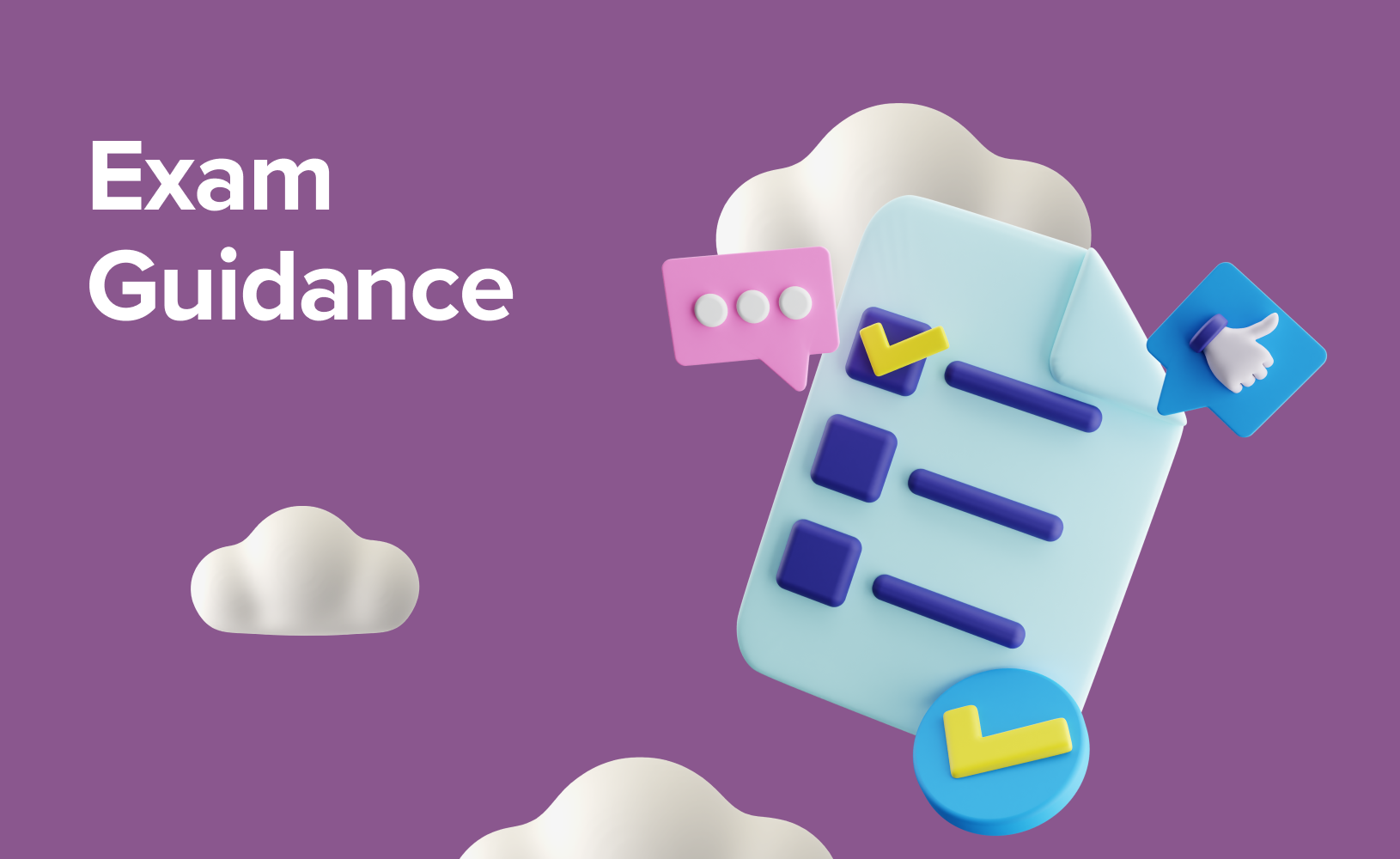ATPL Topics: Performance (Aeroplane)
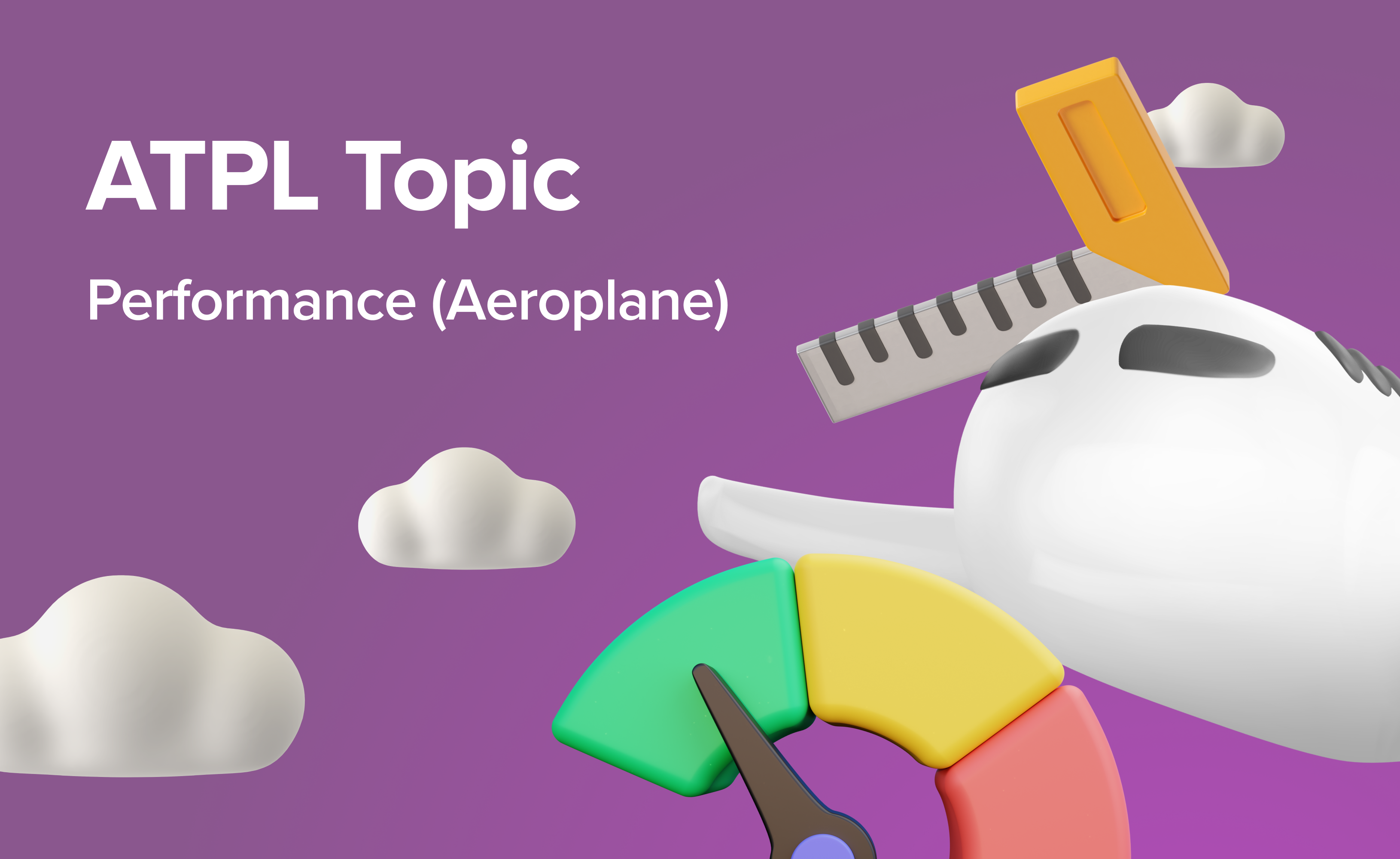
Introduction to the Performance
Performance (Aeroplane) in ATPL covers crucial aspects like take-off and landing performance, climb performance, and factors affecting aircraft performance. It's vital because it ensures safe operations, especially in critical phases of flight.
The exam on this subject is significant because it assesses a pilot's ability to calculate and understand aircraft performance under various conditions, ensuring they can make informed decisions during flight.
Studying Performance (Aeroplane) can be challenging due to the complexity of calculations and the need for a solid understanding of aerodynamics and aircraft systems. As a student, you may face hurdles in grasping concepts like density altitude, mass and balance calculations, and understanding the impact of environmental factors on aircraft performance.
Exam Overview
Number of Questions: 45
Exam Duration: 2 hours
Difficulty: Hard
67% of papers passed
The Performance (Aeroplane) ATPL Exam comprises 45 questions to be completed within a challenging 2-hour duration. Past results indicate a difficulty level rated as hard, with 67% of papers passed.
Please note that the minimum passing score for each ATPL exam is 75%; any score below this threshold, including 74.9%, results in a 'Fail'.
Students who have successfully passed the exam advise fellow aspiring pilots to prepare diligently by focusing on mastering calculations and understanding the intricacies of aircraft performance to ensure success in this crucial examination.
This link has the most extensive guide on 13 ATPL subjects and their difficulties.

To succeed in mastering Aircraft Performance, understanding the foundational fundamentals of aircraft performance principles is crucial. A comprehensive knowledge base serves as a solid foundation, making it easier to grasp complex performance concepts. Let's now provide a quick overview of these basics.
Basic Aerodynamics
Basic aerodynamics refers to the study of the forces acting on an aircraft in flight, including lift, drag, thrust, and mass. You need to be familiar with how an aircraft generates lift, overcomes drag, and maintains stability during flight.
Mass and Balance Calculations
Mass and balance calculations involve determining the distribution of mass throughout an aircraft and ensuring it remains within specified limits for safe operation. Proper mass and balance management is critical for maintaining stability, performance, and structural integrity of the aircraft. It affects take-off and landing performance, fuel consumption, and overall flight characteristics.
Factors Influencing Aircraft Performance
Pilots need to consider factors such as altitude, temperature, humidity, wind, runway conditions, and aircraft configuration when assessing performance capabilities. These factors impact take-off distance, climb rate, cruise speed, fuel consumption, range, and landing distance.
Performance Class A vs. Class B in Aviation Certification
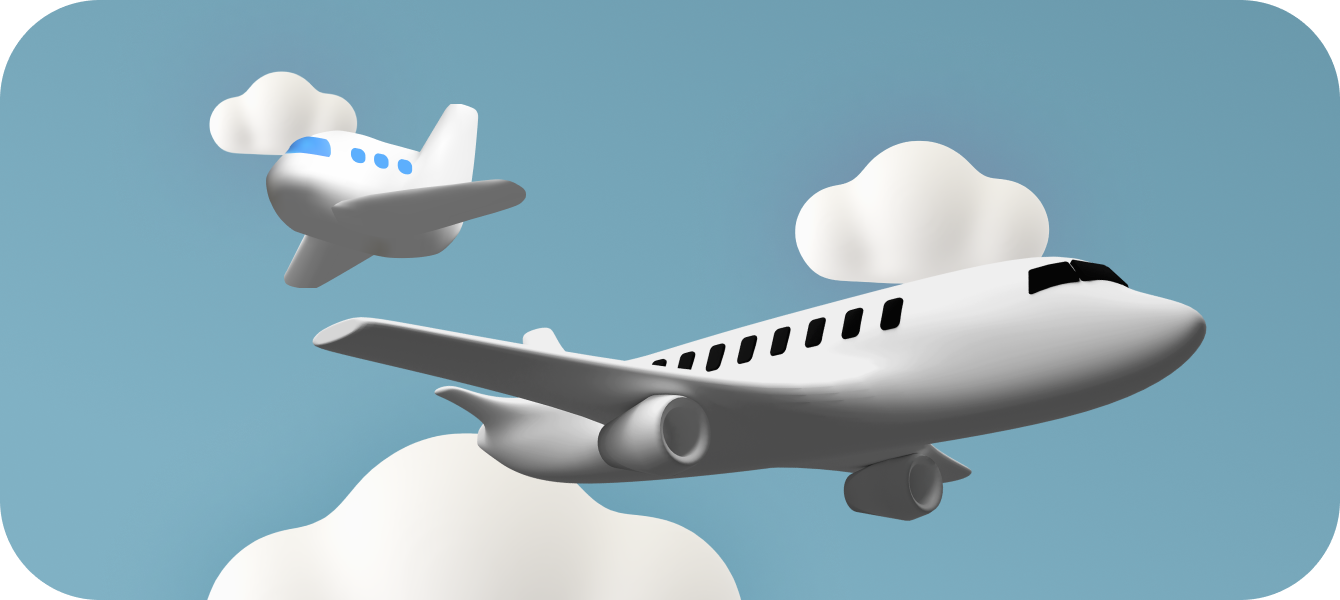
Before delving further into the subject, it's essential to clarify the distinction between Performance Class A and Performance Class B in aviation certification specifications (CS), such as CS-25 and CS-23. This division is primarily determined by the size and complexity of the aircraft.
Performance Class A typically applies to larger aeroplanes, such as commercial jetliners, that have more stringent performance requirements due to their size, mass, and complexity. These aircraft often operate in higher-density airspace and carry larger numbers of passengers or heavier payloads. Therefore, they must meet more rigorous performance standards to ensure safe and efficient operation.
On the other hand, Performance Class B typically applies to smaller aeroplanes, including general aviation and commuter category aircraft. These aircraft are generally smaller in size, have lower maximum take-off mass, and operate in less congested airspace with fewer passengers or lighter payloads. While they still must meet regulatory performance requirements, the standards are typically less stringent compared to Class A aircraft.
The division between Performance Class A and Performance Class B allows regulatory authorities, such as EASA, to tailor certification requirements and performance standards to the specific characteristics and operational needs of different types of aircraft. This ensures that regulatory oversight is appropriate for each category of aircraft, balancing safety considerations with operational practicalities.
Subject Syllabus
Let's have a closer look at what related topics Performance (Aeroplane) entails in the EASA ATPL syllabus.
032 01 General
The section covers fundamental concepts such as lift, drag, thrust, and mass, as well as their relationship to aircraft performance. Students learn about the effects of altitude, temperature, pressure, and runway conditions on take-off, climb, cruise, and landing performance. Mastering this knowledge is essential for understanding how to optimise aircraft performance and mitigate risks during all phases of flight.
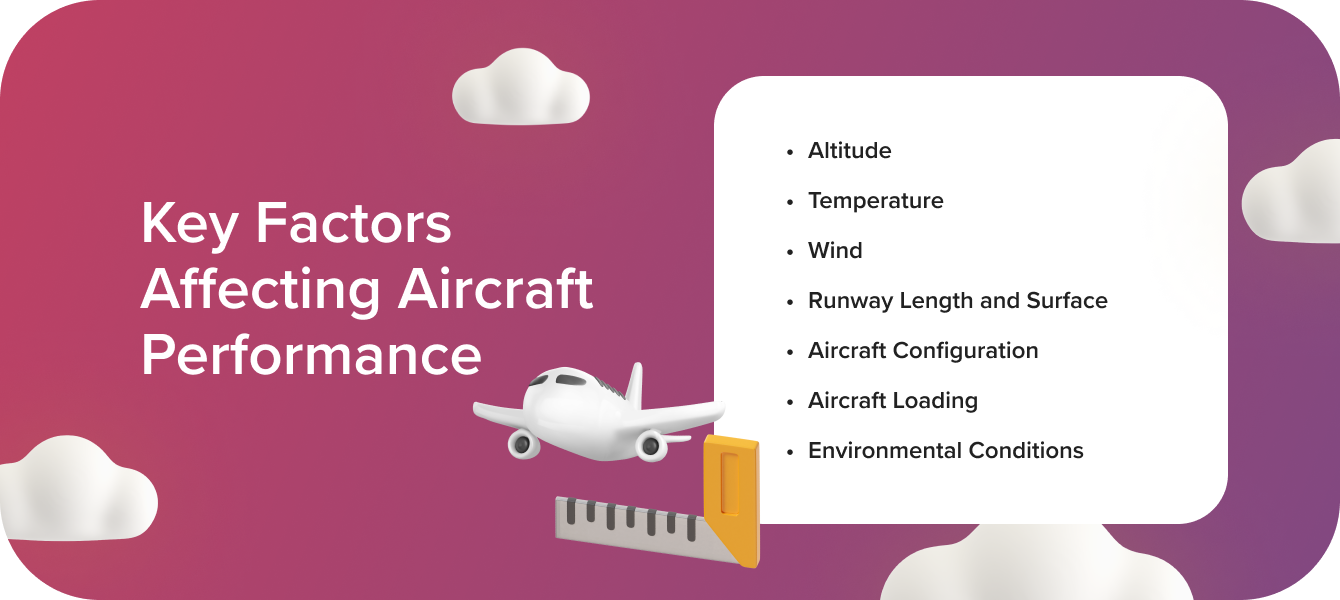
Here are real-life examples of factors influencing aircraft performance:
Altitude
Example: At higher altitudes, air density decreases, resulting in reduced engine performance and decreased lift. Aircraft may require longer take-off distances and have reduced climb rates due to decreased engine power and aerodynamic efficiency.
Temperature
Example: High temperatures reduce air density, affecting engine performance and aerodynamic lift. In hot conditions, aircraft may experience longer take-off distances and reduced climb performance due to decreased engine power and lift production.
Wind
Example: Headwinds increase airspeed during take-off, allowing aircraft to achieve lift sooner and requiring shorter take-off distances. Tailwinds, on the other hand, reduce airspeed during take-off, requiring longer distances to achieve lift and potentially impacting climb performance.
Runway Length and Surface
Example: Short runways limit an aircraft's ability to accelerate and achieve take-off speed, requiring careful consideration of aircraft performance capabilities. Additionally, runway surface conditions, such as snow, ice, or standing water, affect braking performance and require adjustments to take-off and landing distances.
Aircraft Configuration
Example: Aircraft mass, flap settings, and landing gear configuration influence performance during take-off, climb, cruise, and landing. Pilots must consider these factors when calculating performance parameters such as take-off speeds, climb rates, fuel consumption, and landing distances.
Aircraft Loading
Example: Distribution of passengers, cargo, and fuel affects aircraft mass and balance, impacting performance characteristics such as stability, climb rate, and fuel efficiency. Improper loading can lead to out-of-balance conditions, affecting control and manoeuvrability.
Environmental Conditions
Example: Weather phenomena such as turbulence, icing, and thunderstorms affect aircraft performance and require adjustments to flight planning and operations. Pilots must consider factors such as wind shear, turbulence intensity, and icing conditions when assessing performance capabilities and making in-flight decisions.
032 02 CS-23/Applicable Operational Requirements Performance Class B — Theory
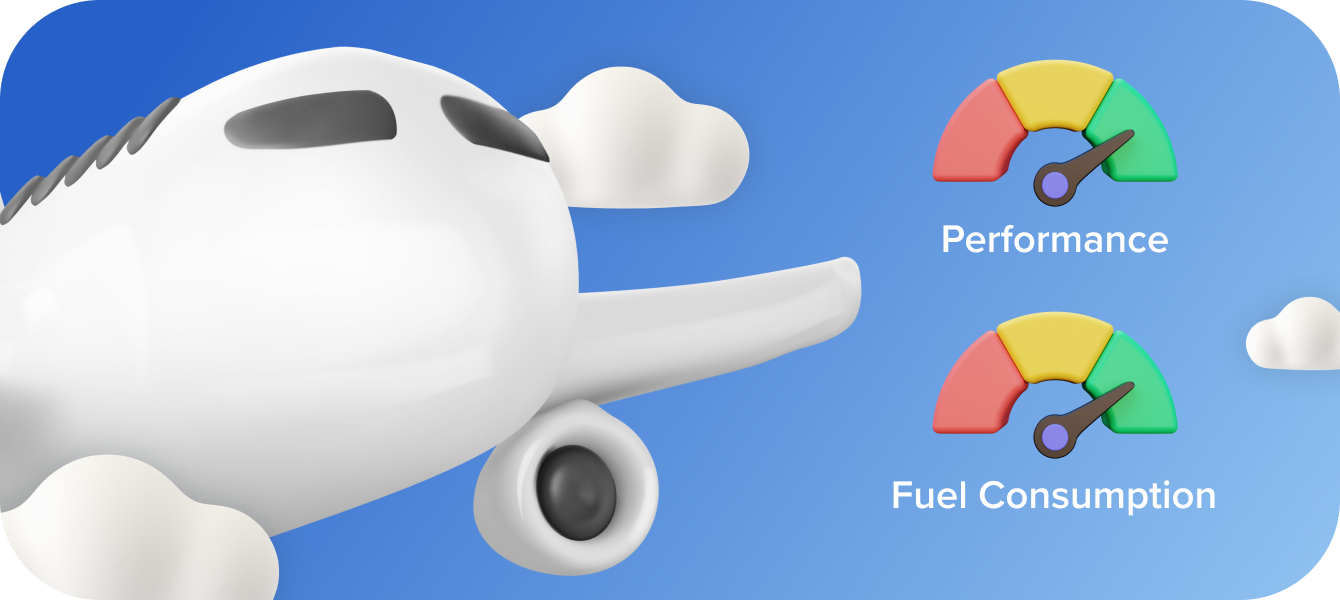
This subtopic delves into the regulatory standards and certification specifications governing aircraft performance for Class B aeroplanes, including requirements related to take-off, climb, cruise, descent, and landing performance. It covers applicable regulations, standards, and performance criteria established by EASA for these aircraft categories.
032 03 CS-23/Applicable Operational Requirements Performance Class B – Use of Aeroplane Performance Data for Single- and Multi-engine Aeroplanes
Covers the practical application of aeroplane performance data for both single-engine and multi-engine aeroplanes certified under CS-23 Performance Class B.
Students learn how to interpret and utilise aeroplane performance data provided in aircraft manuals, including take-off and landing performance charts, climb gradients, cruise speeds, fuel consumption rates, and range calculations. Practical exercises may involve performing performance calculations for various flight scenarios and conditions.
032 04 CS-25/Applicable Operational Requirements Performance Class A – Theory
Focuses on theoretical knowledge and regulatory requirements specific to aircraft performance for CS-25 (Certification Specifications for Large Aeroplanes) Performance Class A.
This subtopic explores the regulatory standards and certification specifications governing aircraft performance for Class A aeroplanes, which typically include larger commercial aircraft. It covers detailed requirements for take-off, climb, cruise, descent, and landing performance, as well as operational limitations and performance criteria established by EASA for these aircraft categories.
032 05 CS-25/Applicable Operational Requirements Performance Class A – Use of Aeroplane Performance Data
Similar to subtopic 032 03, this subtopic focuses on practical exercises involving the interpretation and utilisation of aeroplane performance data specific to larger commercial aircraft certified under CS-25. Students learn to apply performance data for single-engine and multi-engine aeroplanes in various operational scenarios, ensuring compliance with regulatory requirements and safe flight operations.






